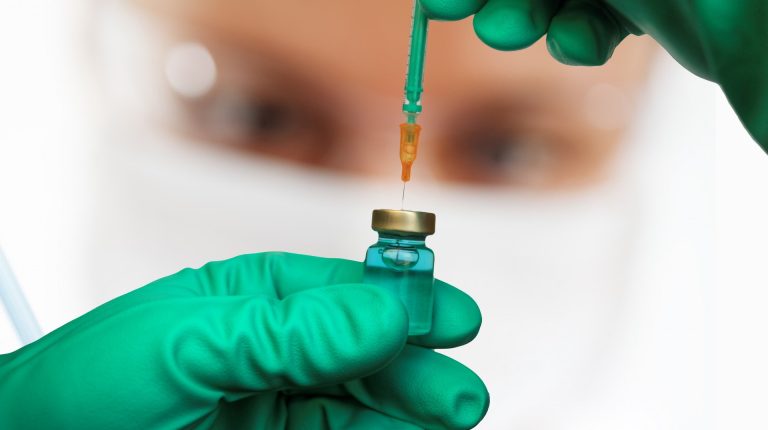IABRN — The U.S. Department of Agriculture’s Farm Service Agency (FSA) in Iowa is processing $ 42,735,299 in Agriculture Risk Coverage (ARC) and Price Loss Coverage (PLC) payments for the 2018 crop year. Additionally, Iowa FSA is distributing $374,588,883 in Conservation Reserve Program (CRP) rental payments to landowners to support voluntary conservation efforts on private lands.
“Our safety net programs help provide certainty and stability to Iowa farm families affected by fluctuating market prices,” Amanda De Jong, State Executive Director in Iowa said. “When reviewing payments, it’s important to remember that ARC and PLC payments by county can vary because average county yields will differ.”
FSA began processing payments for 2018 ARC-County (ARC-CO) or PLC on covered commodities that triggered payments on enrolled farms in the 2018 crop year. FSA anticipates issuing more payments in November once USDA’s National Agricultural Statistics Service publishes additional commodity prices for the 2018 crop.
In Iowa, all 99 counties have experienced a drop in price or revenues below the benchmark price established by the ARC or PLC programs and will receive payments.
Producers who had 2018 covered commodities enrolled in ARC-CO can visit www.fsa.usda.gov/arc-plc for payment rates applicable to their county and each covered commodity. For farms and covered commodities enrolled in 2018 PLC, the following crops met payment triggers: wheat, barley, corn, grain sorghum, dry peas, and canola. Oats and soybeans did not meet 2018 PLC payment triggers.
2018 PLC payment rates for the following covered commodities have not been determined: large chickpeas, small chickpeas, sunflower seed, flaxseed, mustard seed, rapeseed, safflower, crambe, sesame seed, seed cotton, long grain rice, medium-grain rice, and temperate Japonica rice.
Also, this week, USDA began issuing 2019 CRP payments to support voluntary conservation efforts on private lands. In Iowa, 123,515 landowners will receive compensation for their efforts to improve water quality, reduce soil erosion and improve wildlife habitat on 1,694,846.61 acres enrolled in CRP throughout the state.
“Annual rental payments through the Conservation Reserve Program help farmers and landowners who want to take sensitive land out of production in order to improve water quality, prevent soil erosion or create wildlife habitat,” De Jong said.
This article originally appeared on the Iowa Agribusiness Radio Network











